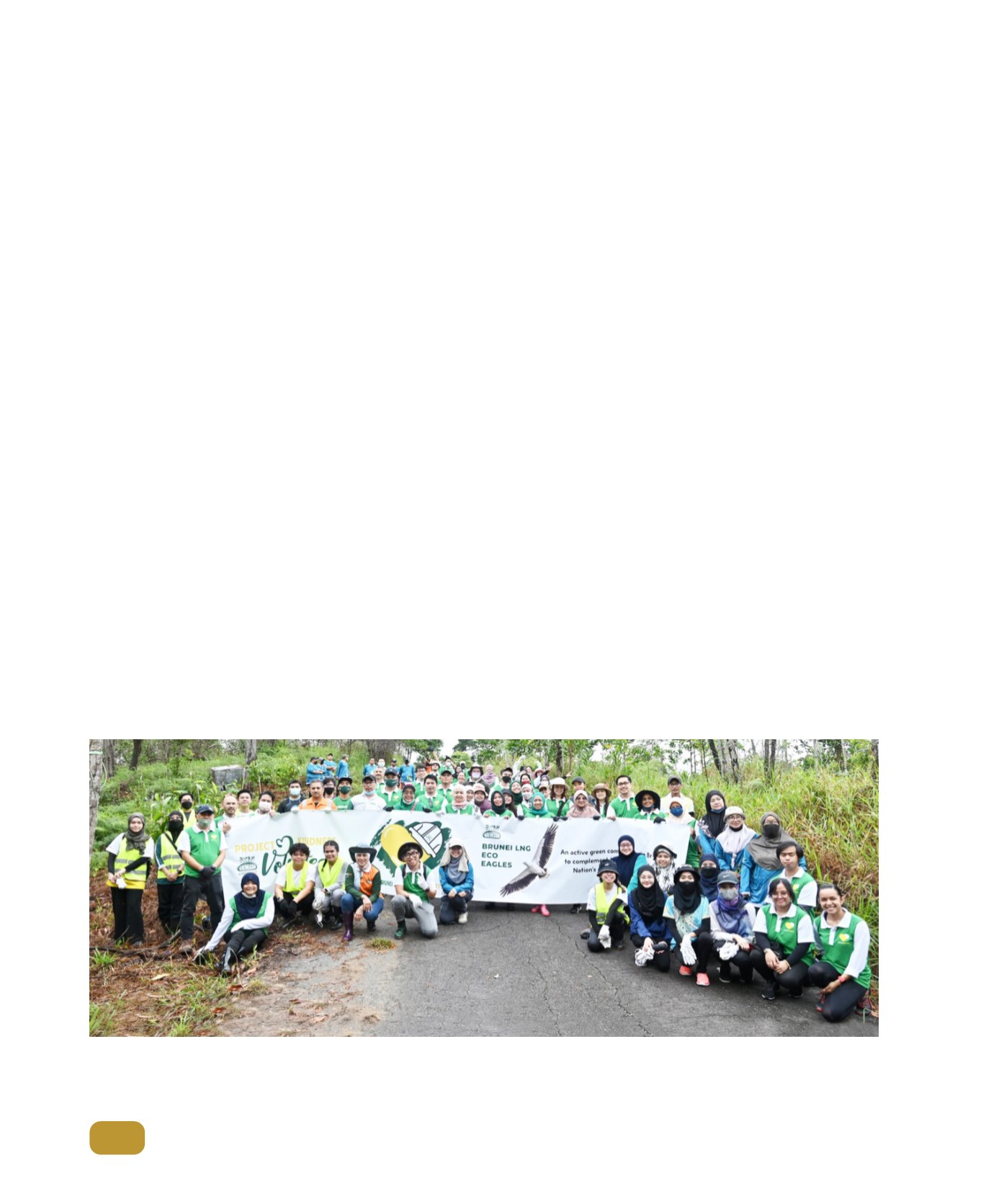

160
Borneo Bulletin Yearbook 2023
In the 1960s, Brunei embarked on
an ambitious joint venture with Shell
Overseas Holdings Limited and
Mitsubishi Corporation to begin large-
scale liquefaction and transportation
of natural gas following the discovery
of gas reserves in the country’s waters.
The Brunei LNG Plant construction in
Lumut was completed in 1972, thrusting
Brunei’s name in the world as the
first LNG project in Asia and the third
largest LNG plant at the time. Shortly
thereafter Brunei LNG delivered its first
LNG cargo to Osaka Gas in Japan by
the vessel SS Gadinia to the Senboku
Terminal No 1.
His Majesty officially opened the plant
on April 4, 1973. In his titah, His Majesty
stated he hoped the plant would bring
prosperity to the country, having
always believed that such enterprises
would contribute significantly towards
Brunei’s development, particularly
in the aspect of economy and the
standard of living. He also highlighted
the importance of locals being a part of
the LNG industry.
In 2013, and in addition to its highly
valued Japanese foundation customers
– JERA, Tokyo Gas and Osaka Gas –
Brunei LNG took the step to diversify
its portfolio of buyers from end users
to traders, signing Sale and Purchase
Agreements with Shell Eastern Trading
Pte Ltd and Petronas LNG Ltd. Since
then, Brunei LNG has further diversified,
grown and expanded its contractual
portfolio of customers presenting the
company the important opportunity
to explore outside of its traditional
markets.
While the role of and demand for LNG
continues to grow globally, Brunei LNG
maintains its unique role as a safe and
reliable supplier in the Asia Pacific
region, building on its pioneering past
while expanding and diversifying for
the future.
A key partner in energy
transition
Brunei LNG produces and delivers LNG,
which is the cleanest fossil fuel, set to
overtake coal as the world’s second
largest energy source. Although
renewables continue to gain traction,
they are still limited in their ability to
provide full energy coverage. This
is where LNG comes in, with power
generated from LNG emitting 50
per cent less greenhouse gas (GHG)
emissions, compared to coal.
Brunei LNG recognises the role that it
plays in the decarbonisation effort as
a key partner in energy transition and
in supporting the Brunei Government’s
commitment towards a low carbon
and climate resilient nation via the
Brunei Darussalam National Climate
Change Policy (BNCCP). Brunei LNG is
expanding sustainability initiatives to
ensure LNG is produced responsibly
across the end-to-end value chain
Brunei LNG planted over 1,200 trees in 2022 as part of its commitment to the Green Protocol under the Brunei Darussalam National Climate Change Policy
(BNCCP), supporting the Brunei Government’s commitment towards a low carbon and climate resilient nation.









